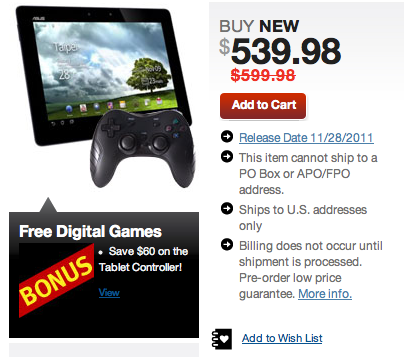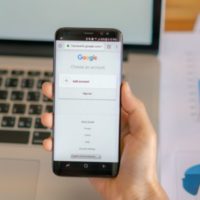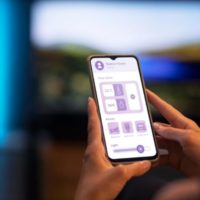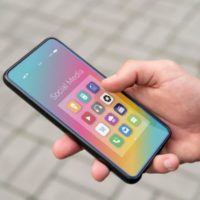We’ve all experienced it at one time or another. First the shock, then disbelief quickly moving to annoyance and possibly anger. Then the sad resignation. I’m talking about Android discrimination.
Lack of Android acceptance seems to be everywhere I look, from public transit apps, to specialized products, to services. Â The mobile edition of the Toronto Star is called the iPhone edition. Want to play with a NASA lunar rover? Sorry, iPhone only. Even our beloved Nook, a device that runs on a version of Android isn’t available to the Android mobile-toting masses. Why is there so little Android love?
Let’s consider the factors:
Time
It can’t be ignored that iPhone has the advantage of time. Though the iPhone has been available for purchase only about a year before Android, they’ve had what feels almost like years longer to market their product and to develop the OS. For a long time they were the only smartphone with a dedicated market.
Fragmentation
For the uninitiated, fragmentation refers to the segment of devices running a particular version of Android. Â This is important because while Android is one OS, it’s versions, especially when comparing 1.5 to 2.1, can feel worlds different. And this can potentially make a difference to the people developing the apps who want to create the best product possible to reach the widest audience possible. This has already proven to be an issue with the recently released Google Earth and news of Flash 10.1 being available on only the most current devices. As of 1/4/10, more than three quarters of Android owners are running a version less than 2.0. As we all know, these aren’t all old phones; many newer models are still shipping with 1.x versions. Â Fragmentation has been a long standing issue, and parties from all sides have been hesitant to claim responsibility for upgrades.
The winds of change
When Android first came out, it was widely considered to be a good OS but still needing some improvement. Â The recent releases of the Moto Droid and Nexus One have proven Android is capable of being a fast and polished system. In 2008, Android had just a 0.5% market share; one year later Android shot up to 3.9% and is on track to keep moving up, and it’s not just consumers that are paying attention. Â Integrasco, a firm that monitors social media trends is reporting Android relevant buzz claimed the lead with a whopping 40% share (Apple came in at 7%). Both HTC and Motorola, traditionally focused on Windows Mobile devices, have found new life in the green guy. Adopting the Android platform has led to a significant increase in buzz for both manufacturers in 2009.
Left behind no more
For months now there has been discussions and vague answers from manufacturers and service providers on who should be responsible for updates. Early adopters were left feeling frustrated that they would never see an update to 2.0. I’m so happy to report that debate has ended and every U.S. Android will be moved up to 2.1 starting in Q2, a huge step towards Android being one synchronous unit in terms of firmware.
The Market
Sure iPhone likes to boast they have over a 150,000 apps, but what individual user will download even a 1% of that? And how many hundreds of redundant apps are there? With an iPhone, you have to pay them to develop, pay them to submit, and you’ll most likely pay again to use an app. Android as we all know loves the word free. Developing apps is free, submissions are cheap, and it’s more than likely that you won’t have to pay since Android market is 57% free. Â In just one month between December and January the Android market grew by 15%.
Looking ahead
It’s been said before, and is undeniable now, Android is going to be huge. Â With devices of all kinds slated to come out this year from manufacturers big and small as well as phones being available on all majors carriers, Android is very close to having a brand imersion on par with iPhone, which will lead to greater accessibility. Â How exciting.









